Excavator Hydraulic Hammer
Excavator breaker is a mechanical device used for crushing operations. It is usually installed on an excavator and uses a hydraulic system to drive the piston to reciprocate, thereby hitting the drill rod to achieve the purpose of crushing. Its working principle is to drive the piston to move through the pressure oil provided by the hydraulic system, hit the drill rod, and achieve a strong impact on the external environment.
Share:








Structure and working principle
The main structure of the excavator breaker includes the hammer body (movement), bracket, upper clamp, lower clamp, drill rod and accumulator. The hammer body is the core component of the crushing operation, and the drill rod directly contacts the material for crushing. The accumulator plays a buffering and protective role to extend the service life of the crusher. Its working principle is to use high-pressure hydraulic oil as the working medium, and through the synergy of the valve control system and the cylinder piston system, the piston is prompted to move quickly and reciprocatingly in the cylinder body, converting the hydraulic energy into the mechanical energy of the piston, and achieving a strong impact on the external environment by hitting the drill rod.
Application scenarios and market prospects
Excavator breaker is widely used in mining, road construction, urban demolition and other fields. It can quickly break hard solids such as ore and concrete, improving mining and construction efficiency. Compared with traditional crushing methods, excavator breaker hammers have higher working efficiency and lower costs. With the continuous development of engineering construction, the market demand for excavator breaker hammers is also increasing. In the future, excavator breaker hammers will develop in a more efficient, environmentally friendly and intelligent direction, and the advancement of hydraulic technology and the enhancement of environmental awareness will further promote its development.

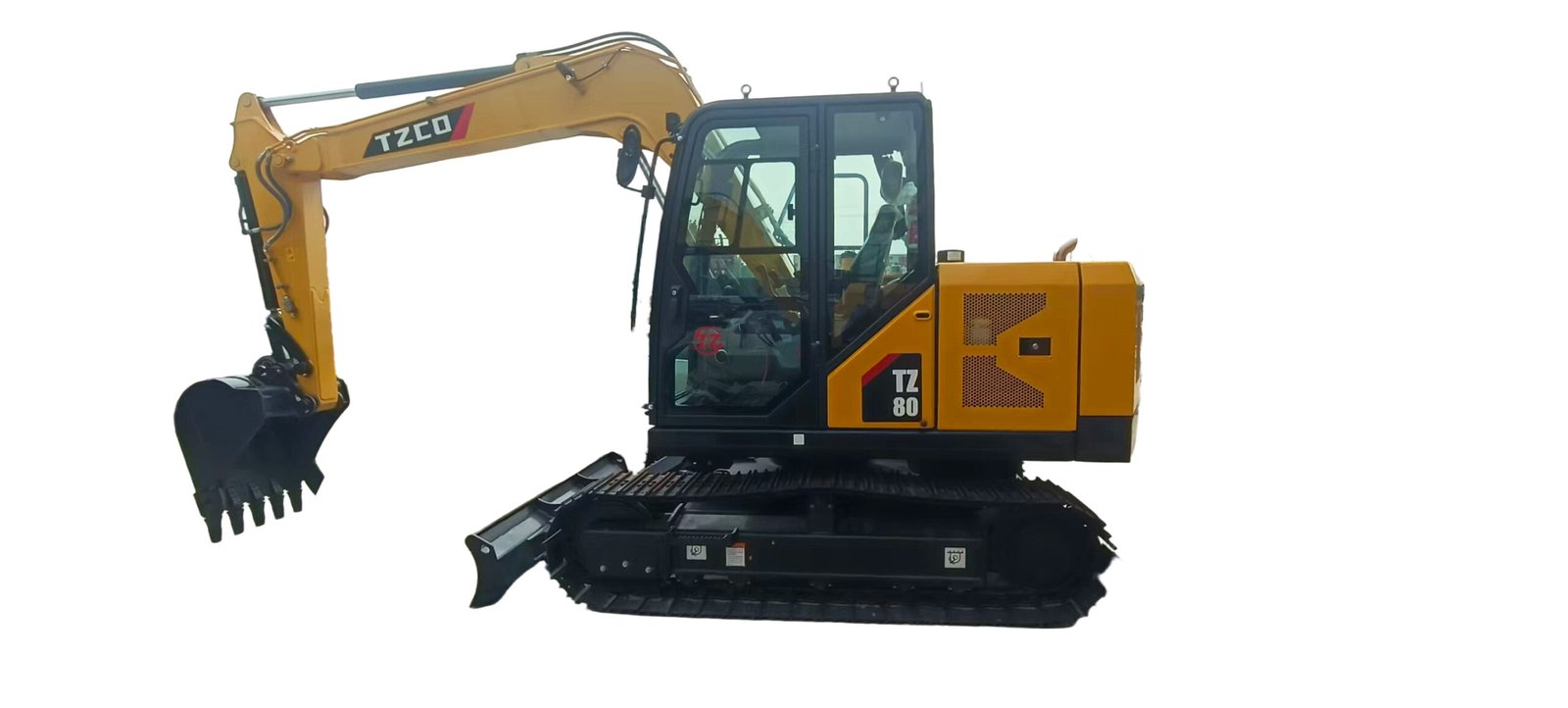
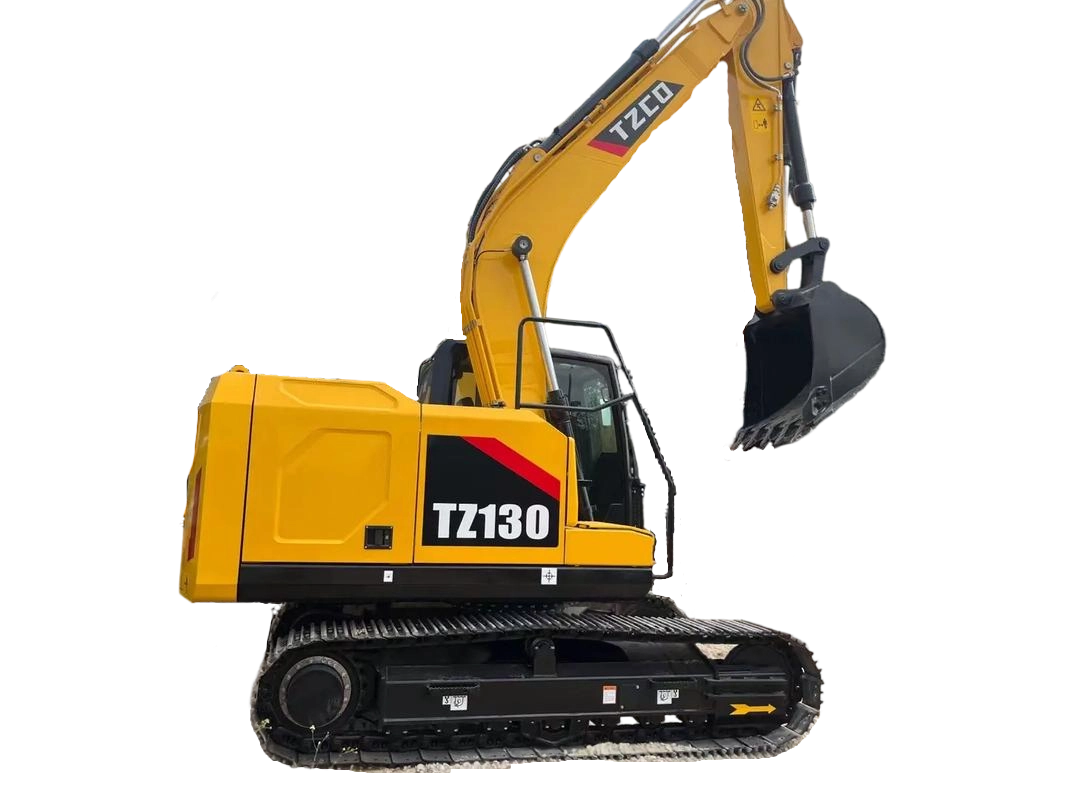
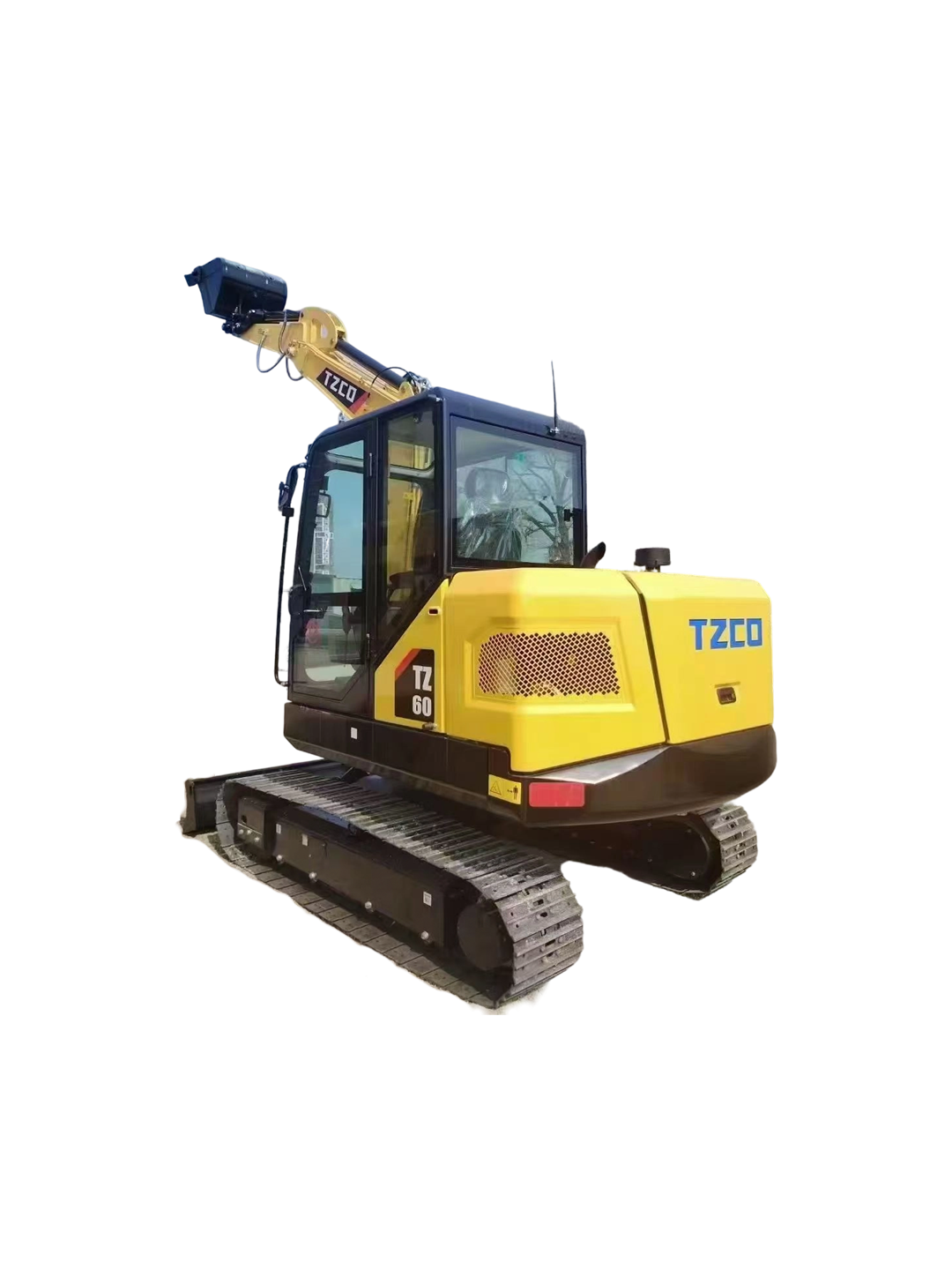
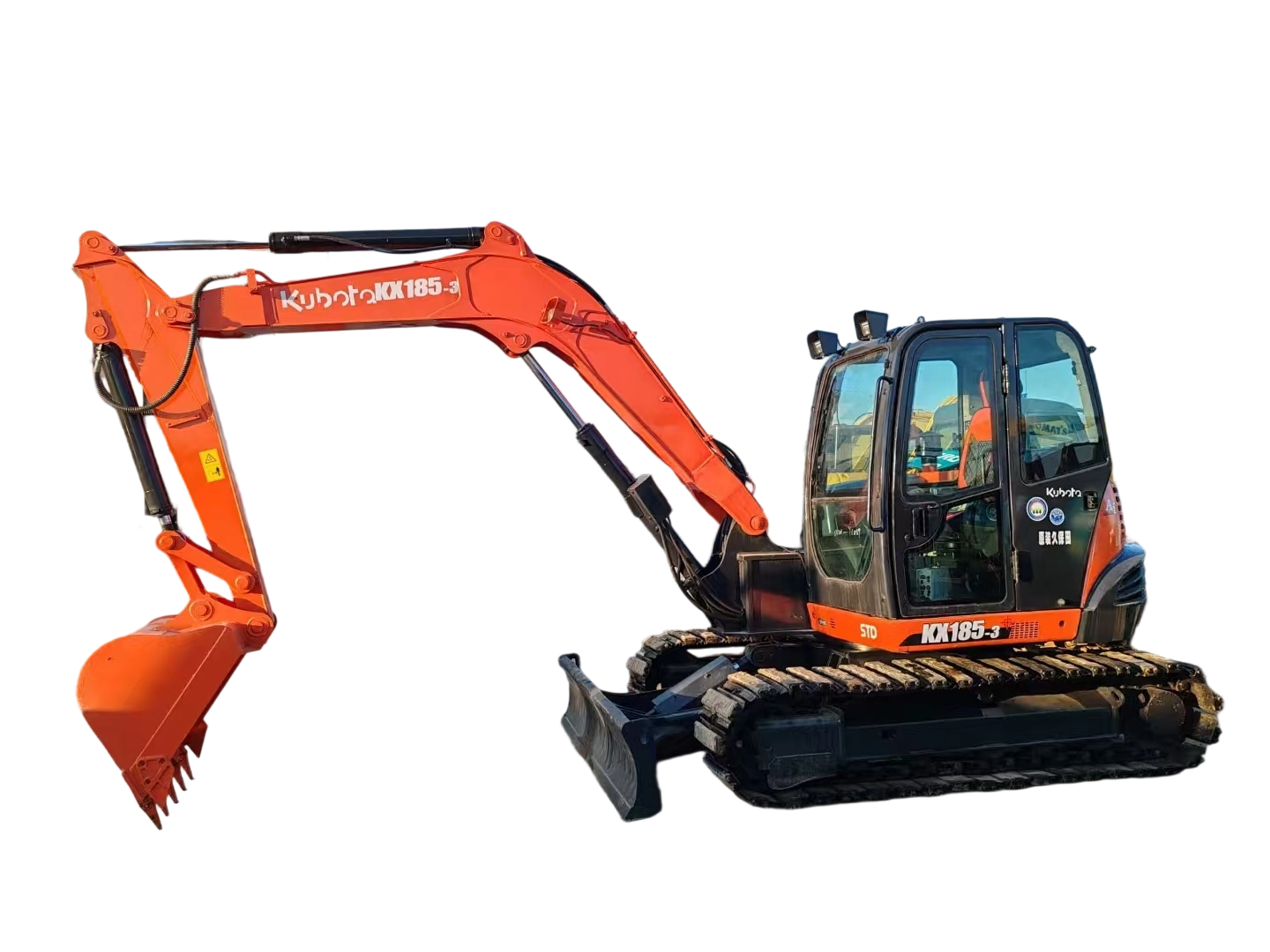
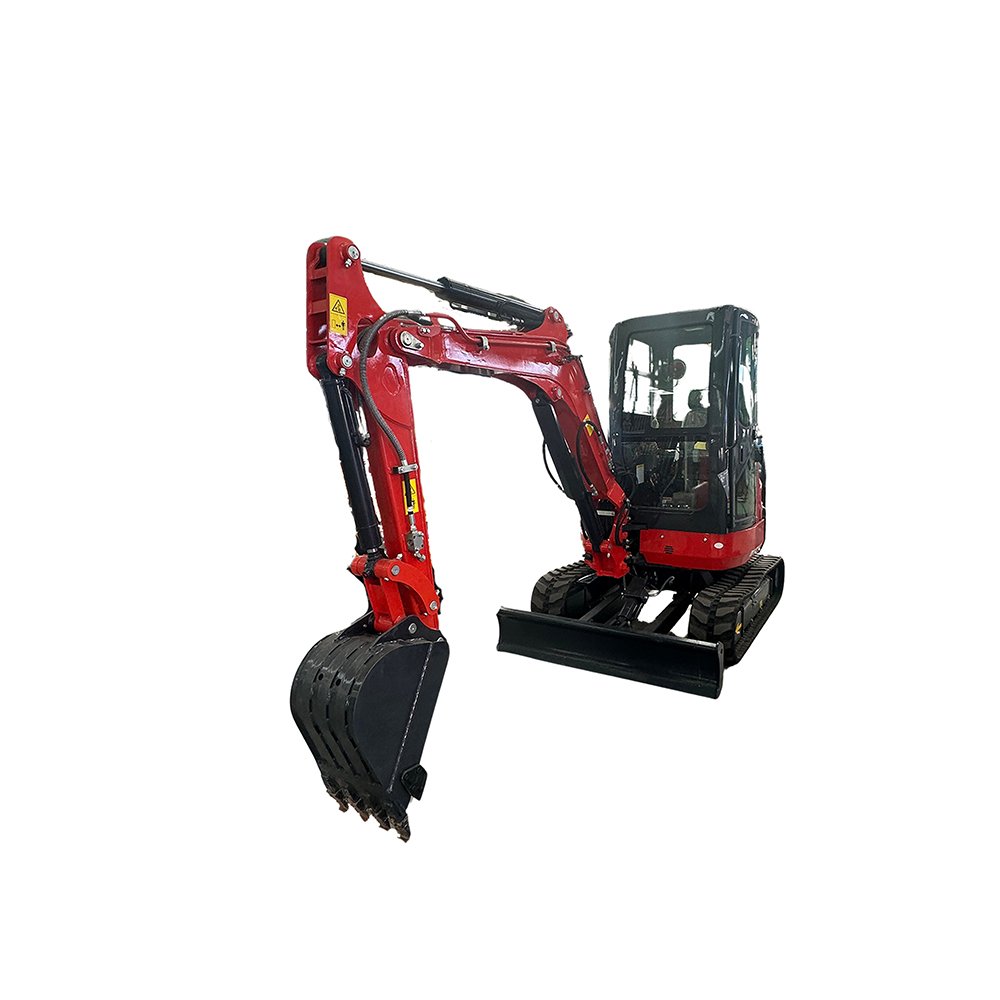
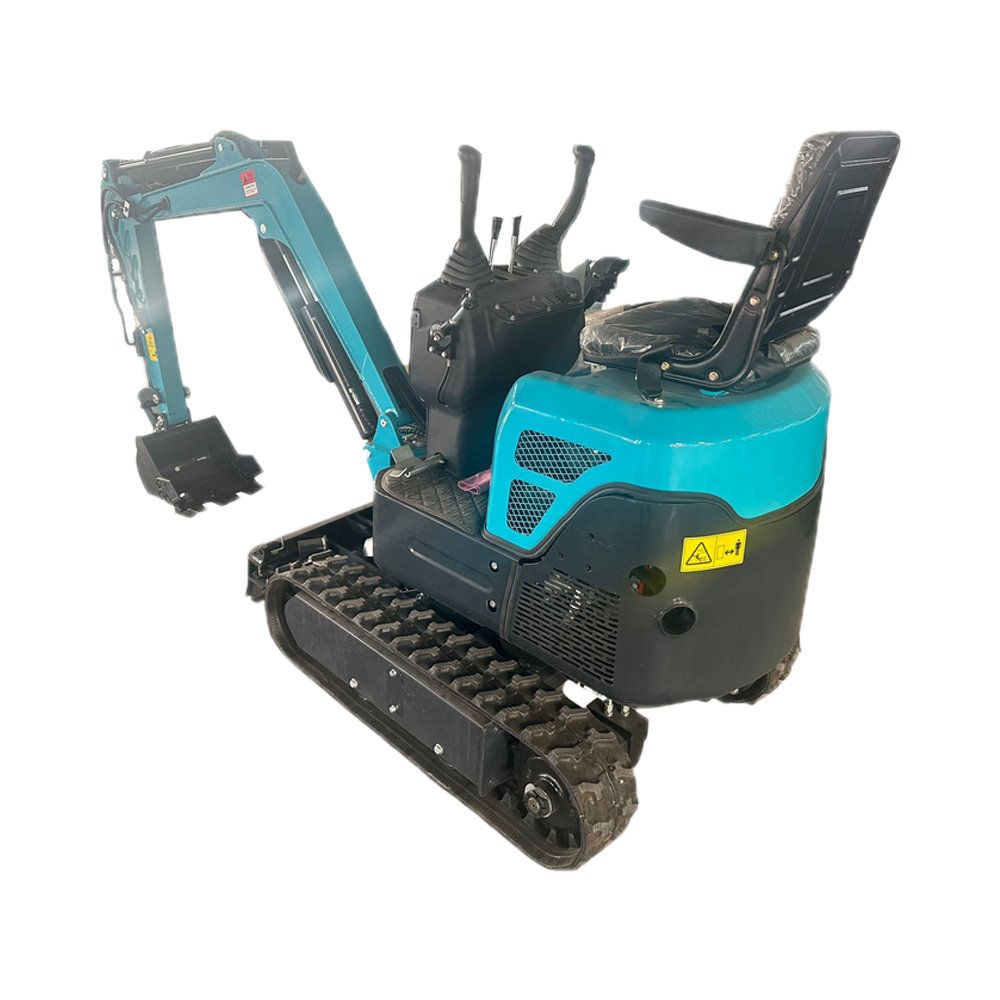

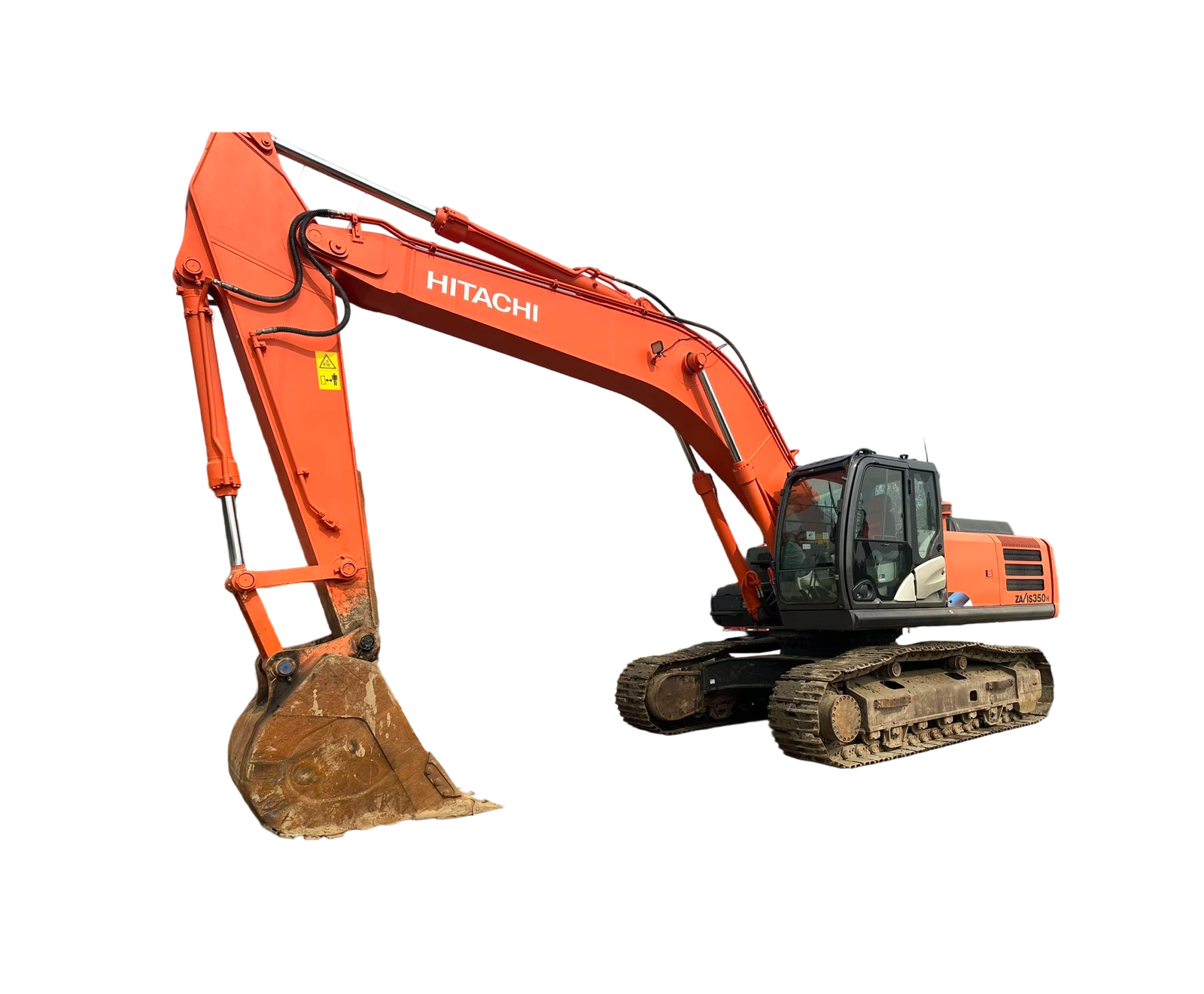
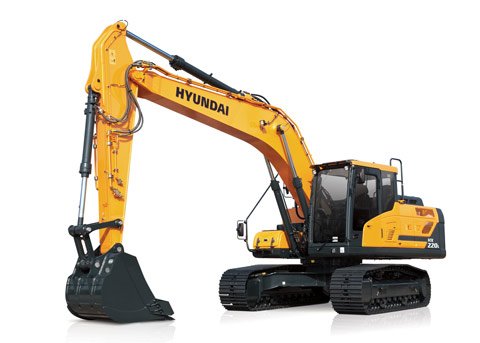
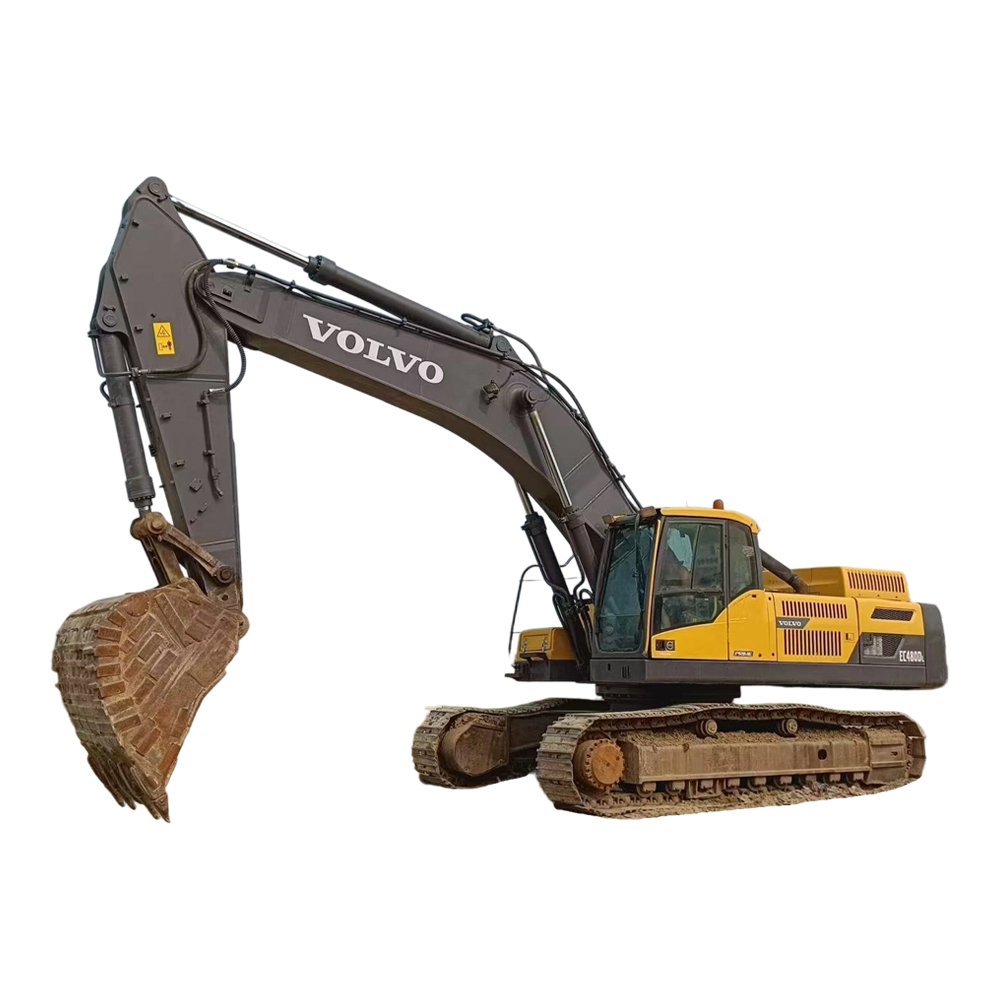
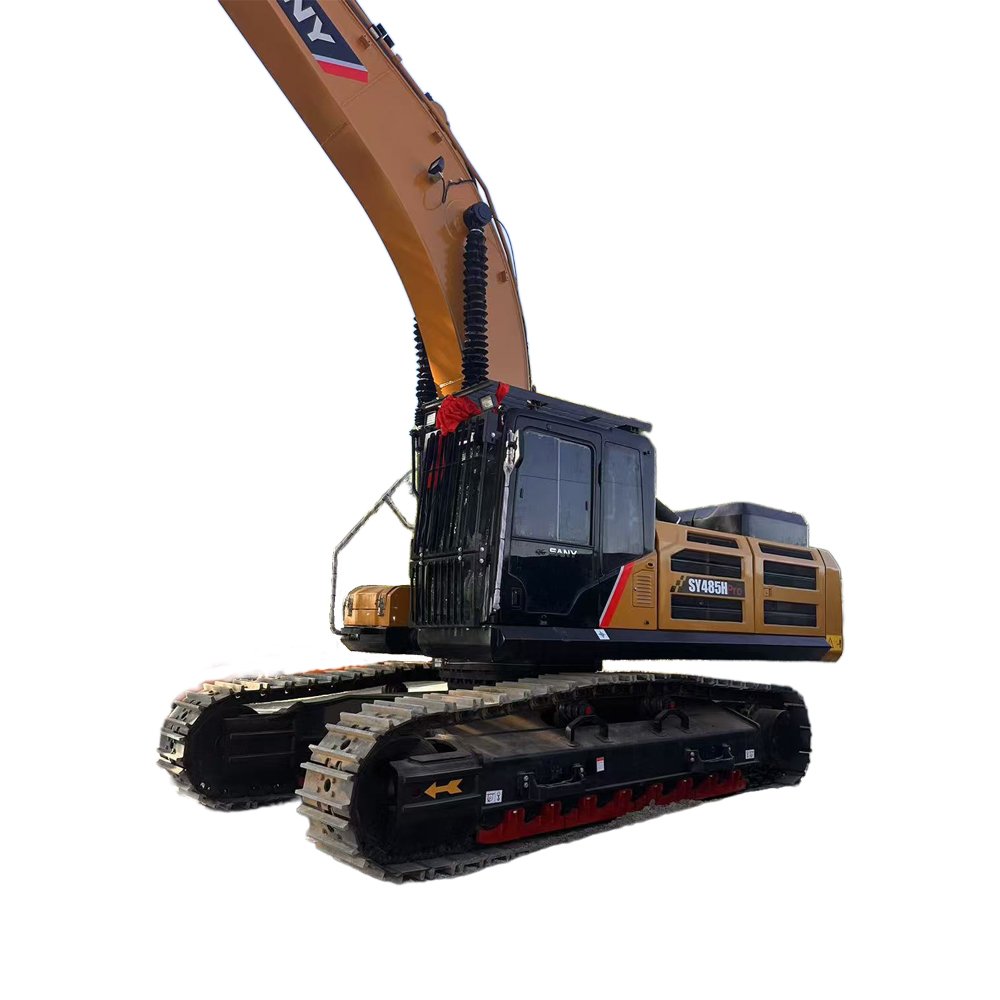




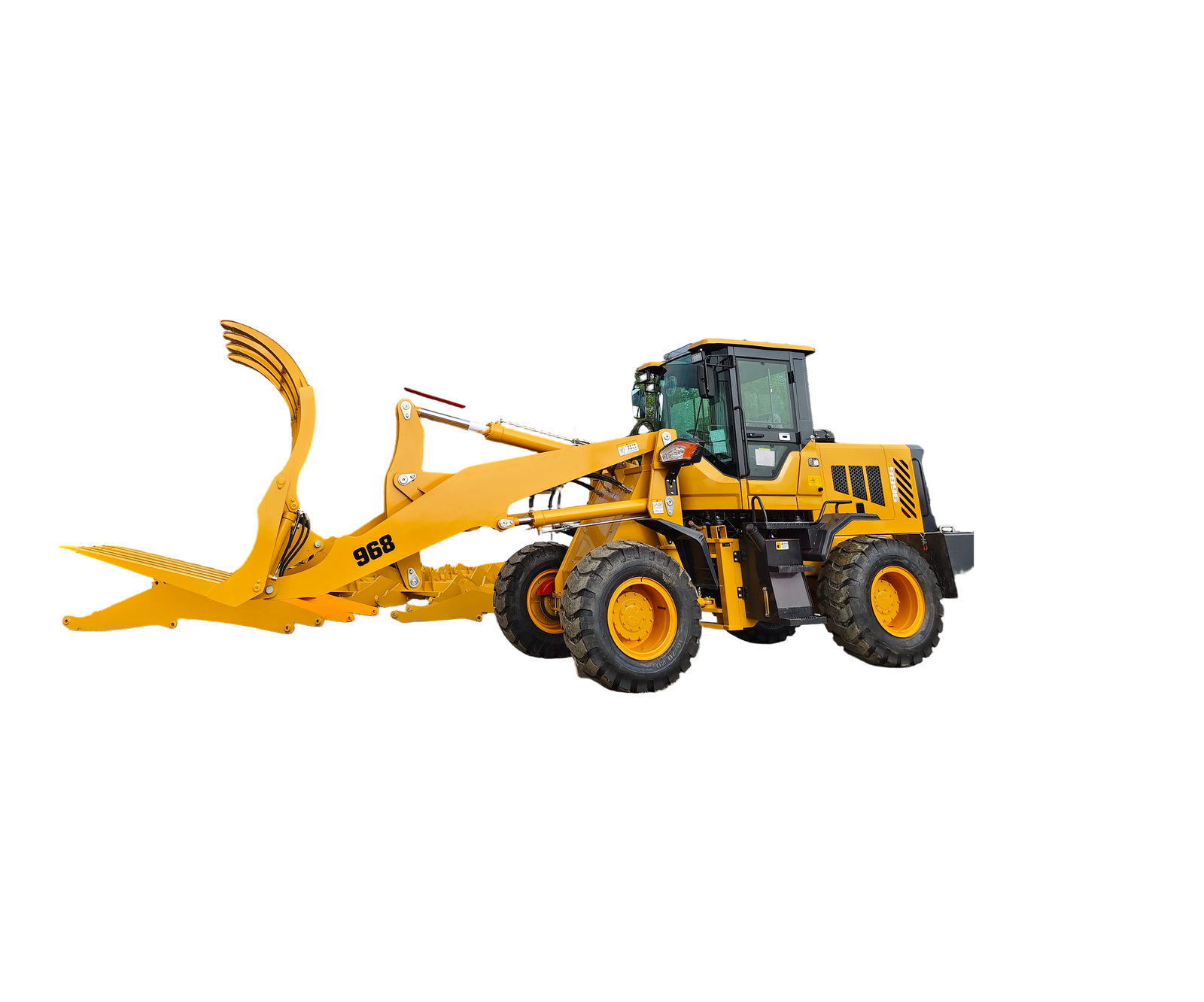
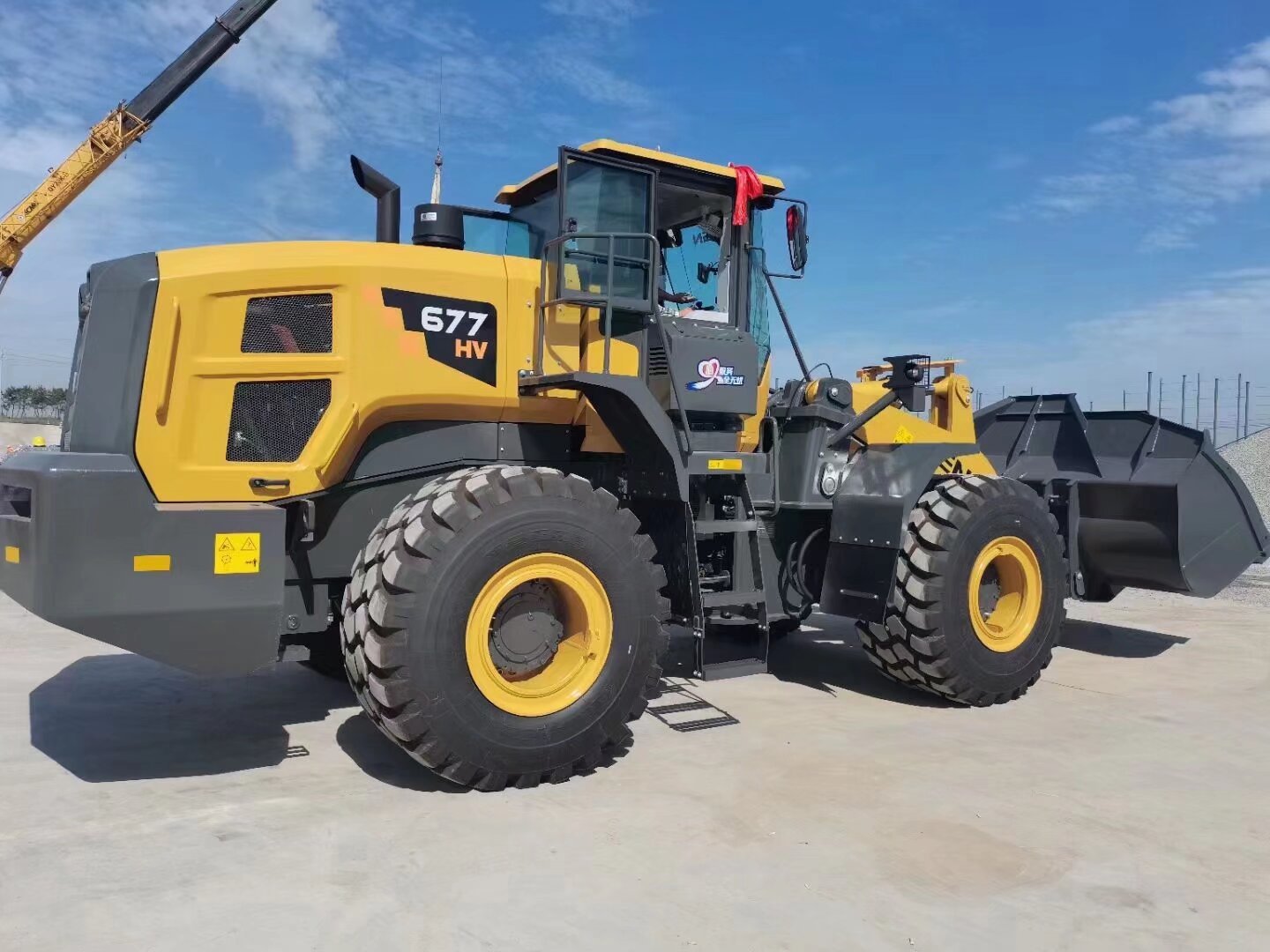
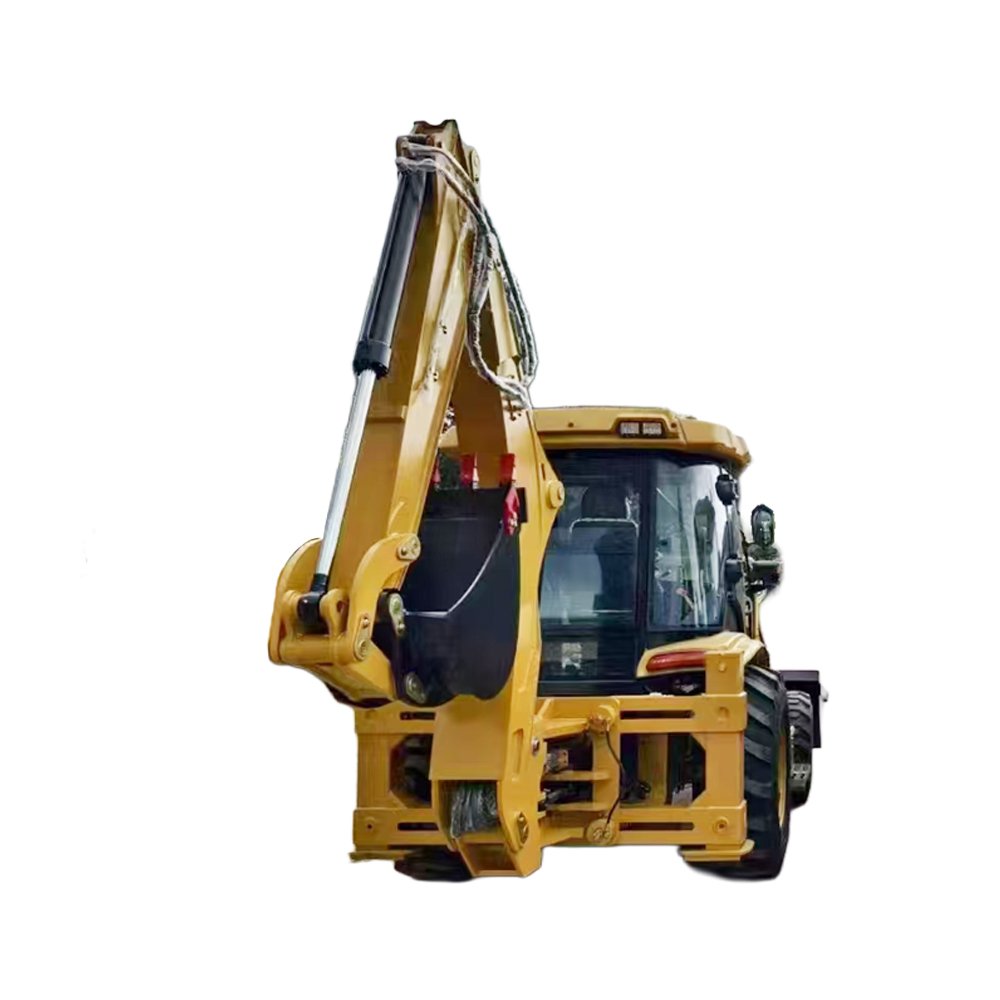

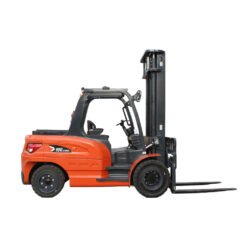
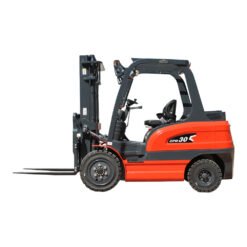
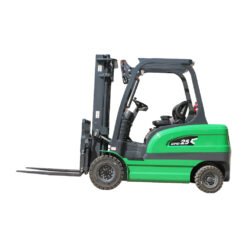

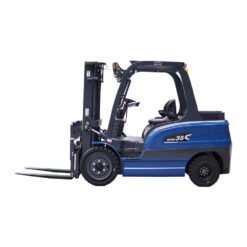
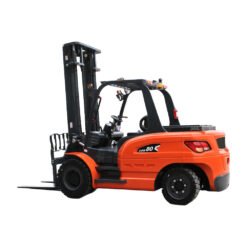
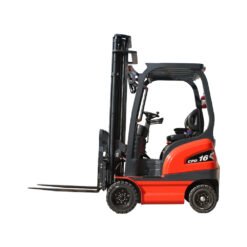
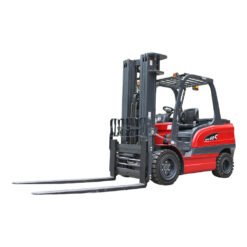









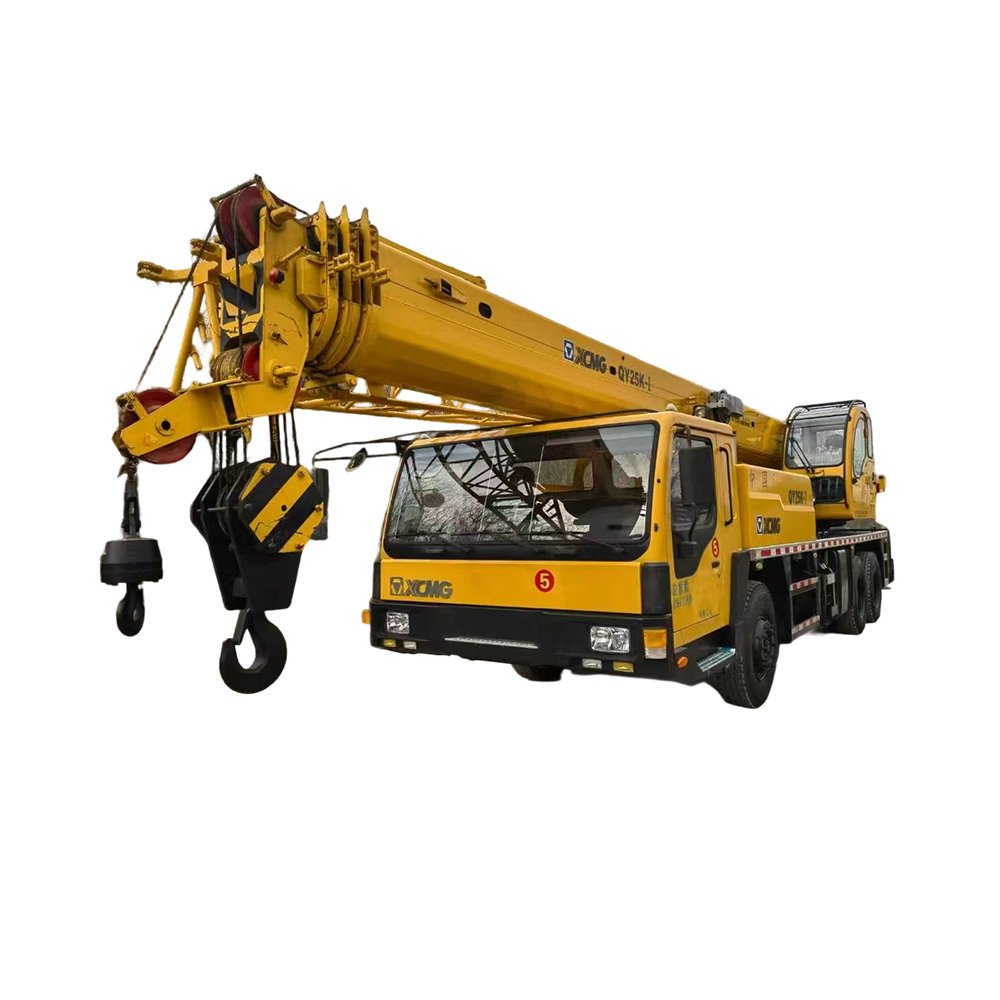


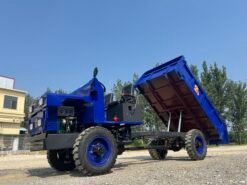












 +86-18953187100
+86-18953187100